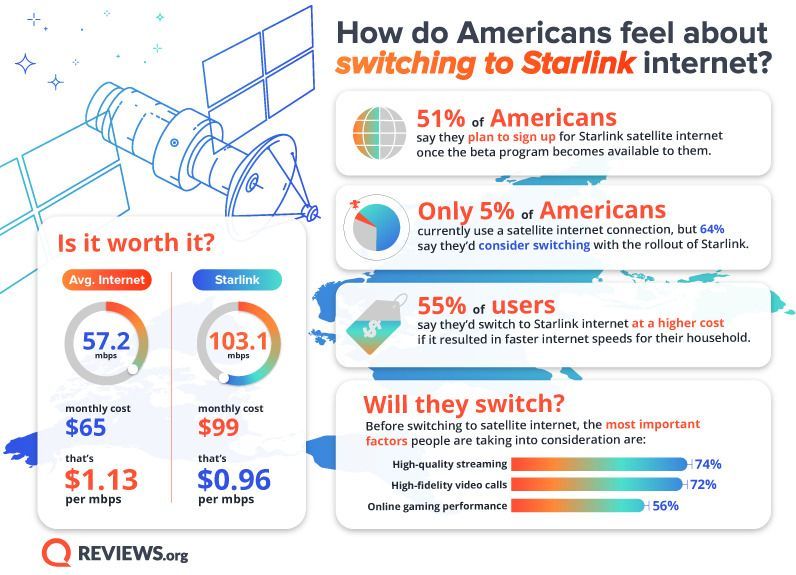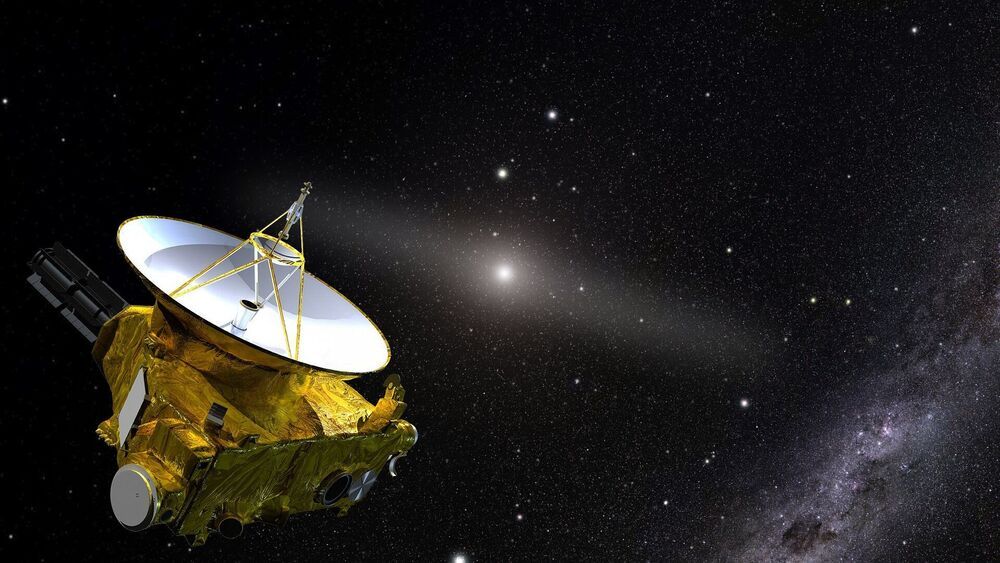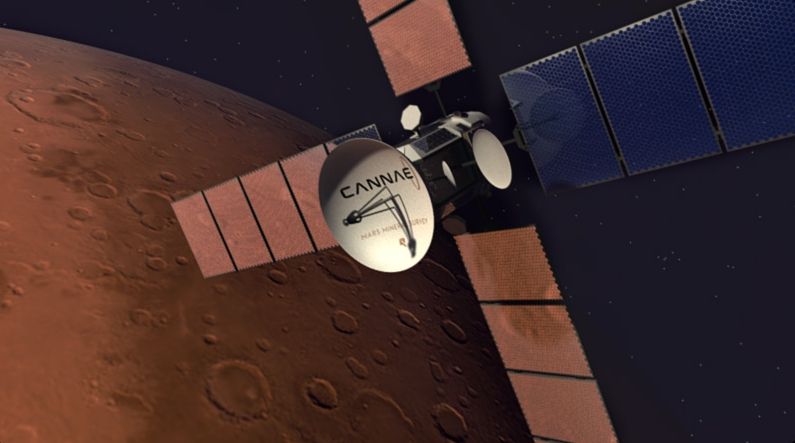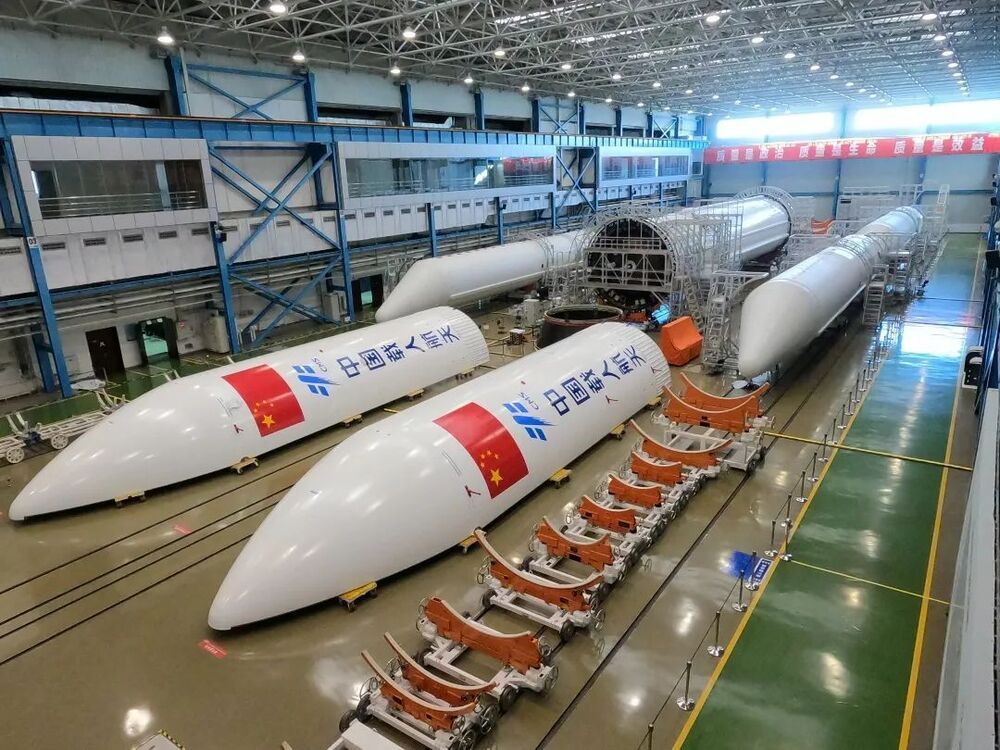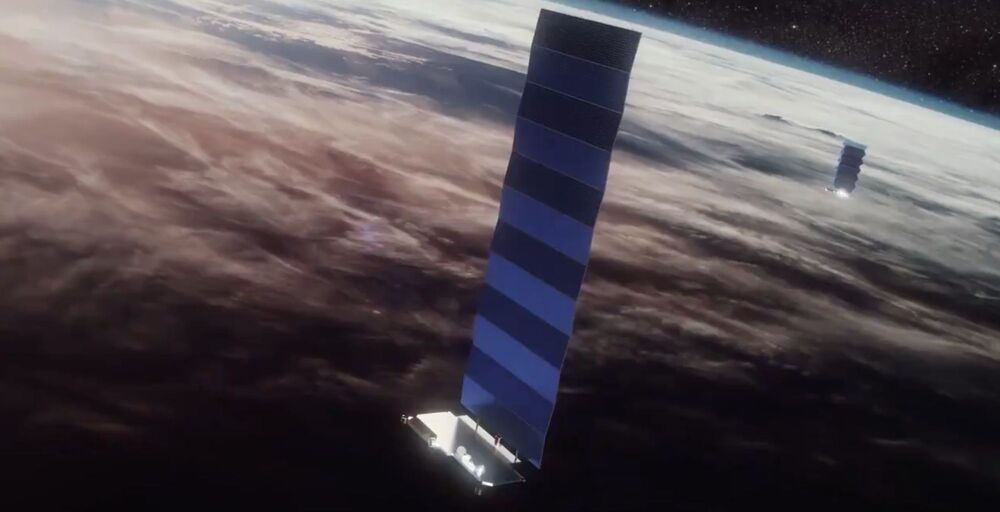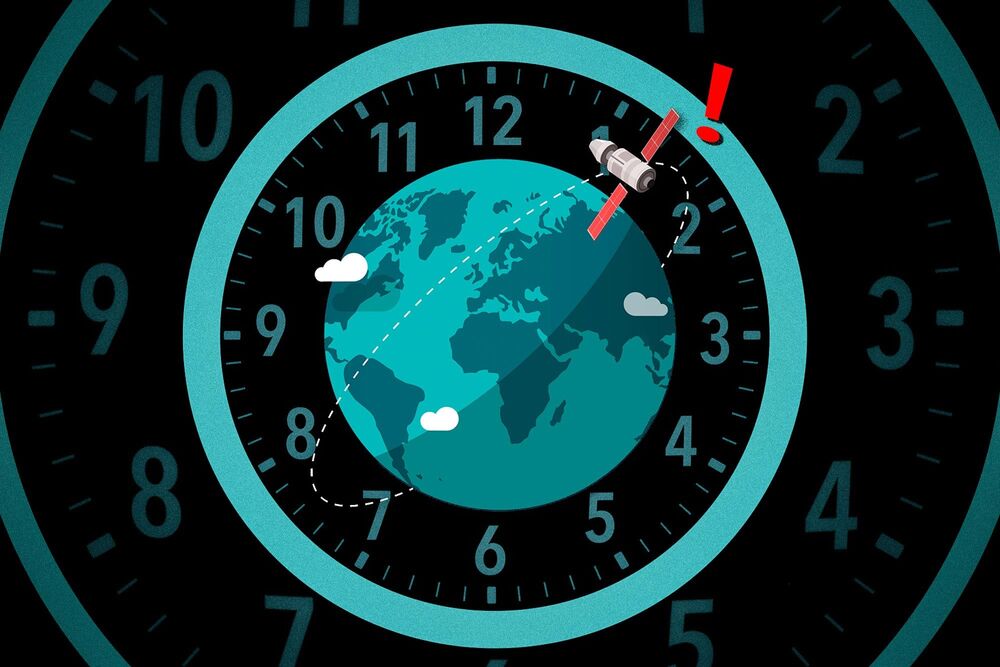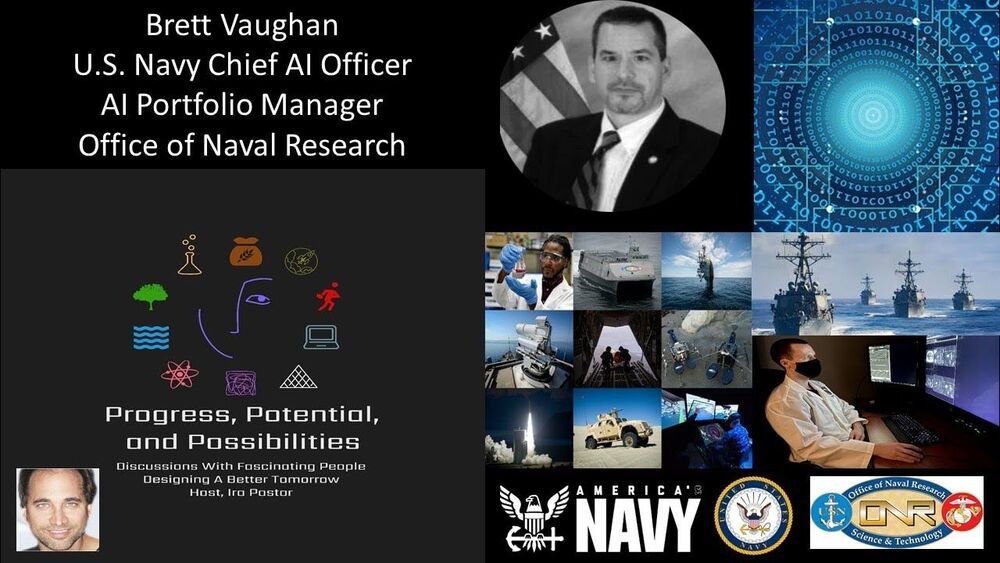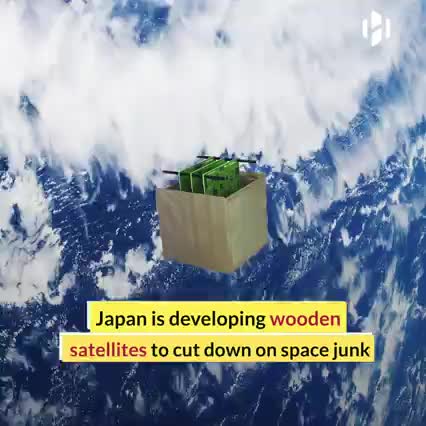WASHINGTON — SpaceX secured contracts Jan. 13 for the launches of a commercial lunar lander mission backed by NASA as well as a privately funded satellite to track methane emissions.
Intuitive Machines announced that it selected SpaceX for the launch of its IM-2 lunar lander mission on a Falcon 9 rocket no earlier than 2022. IM-2 will land in the south polar region of the moon carrying payloads arranged through the agency’s Commercial Lunar Payload Services (CLPS) program in October.
The IM-2 mission will fly a drilling experiment called Polar Resources Ice Mining Experiment 1 (PRIME-1), which will look for water ice below the lunar surface. Intuitive Machines said that, besides the PRIME-1 drill, two other NASA technology payloads will fly on the lander.

